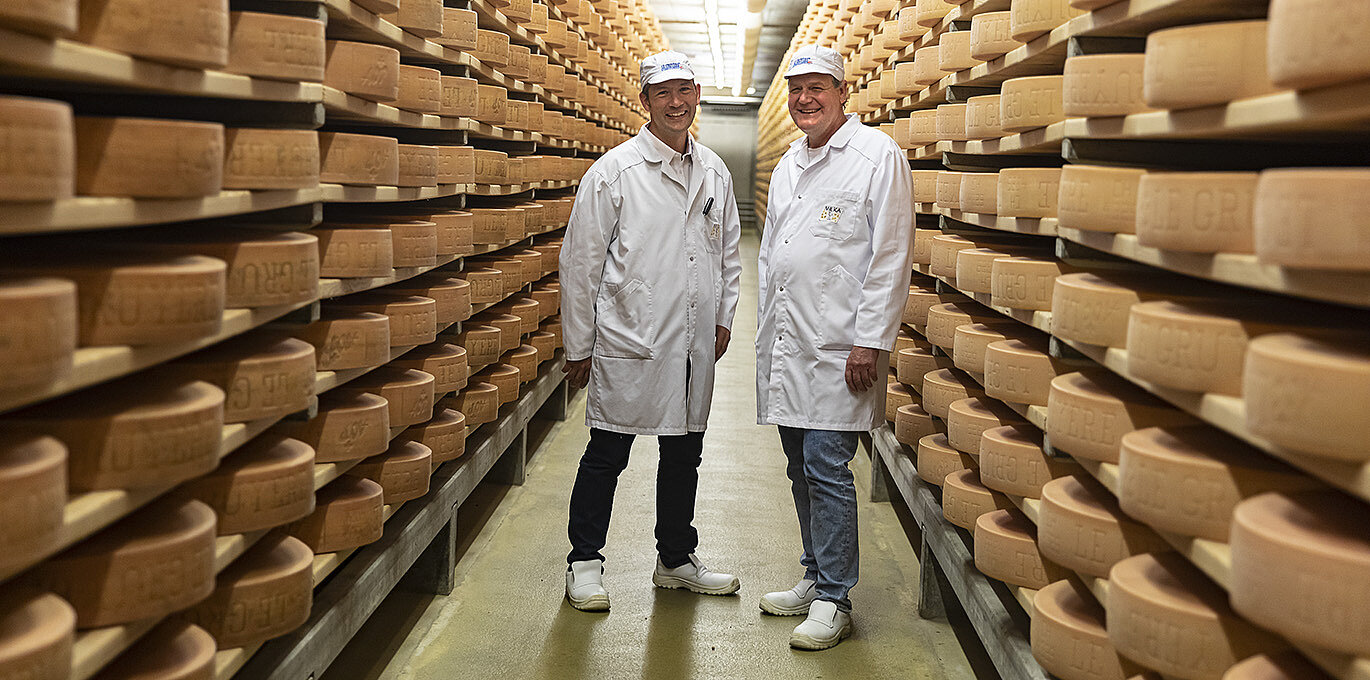From Thomastown to Your Table: The Excellence of Floridia Cheese Melbourne
From Thomastown to Your Table: The Excellence of Floridia Cheese Melbourne
Blog Article
Unlocking the Tricks of Artisanal Cheese Making: A Detailed DIY Overview
In the world of cooking workmanship, artisanal cheese making stands as a testimony to the delicate balance between custom and innovation. Each step in the procedure, from choosing the best milk to improving aging techniques, holds within it a wealth of knowledge gave with generations. As we start this trip to demystify the art of developing elegant cheeses, we are confronted with a tapestry of skills and tricks waiting to be unwinded. Join us as we check out the complexities of this old craft, where art, patience, and science assemble to produce tastes that tantalize the senses.
Choosing the Right Milk
When embarking on the journey of artisanal cheese production, the option of milk plays a critical role in determining the top quality and qualities of the final item. The kind of milk selected affects the flavor, texture, and on the whole profile of the cheese.
When choosing milk for cheese making, it is crucial to think about the fat material. Higher fat content in milk can result in a creamier and richer cheese, while reduced fat content may result in a drier and firmer structure. Additionally, the source of the milk, whether from cows, goats, sheep, or buffalo, adds unique flavors and features to celebrity (Floridia Cheese Thomastown). Each kind of milk brings its own nuances, enabling for a large range of cheese selections to be crafted based upon the chosen milk. Ultimately, the option of milk is an essential decision that establishes the structure for an effective artisanal cheese-making endeavor.
Culturing and Coagulating
To initiate the cheese-making procedure, the crucial steps of culturing and coagulating must be carefully executed to change milk right into curds and whey. Culturing includes presenting beneficial bacteria to the milk, which after that starts the fermentation process. These germs convert lactose (milk sugar) right into lactic acid, creating the acidic environment necessary for coagulation. The type of society used can substantially affect the flavor, texture, and ripening of the final cheese item.

The timing and temperature control throughout culturing and coagulation are vital aspects that influence the final result of celebrity. Correct implementation of these actions is essential to ensure the preferred appearance, flavor, and consistency of the artisanal cheese being generated.
Draining and Pushing Curds
After the milk proteins have coagulated and the curds have actually been cut to release whey, the next crucial step in artisanal cheese making involves draining pipes and pressing the curds to accomplish the desired appearance and uniformity of the final cheese item. The time for draining can differ depending on the type of cheese being made and the desired dampness material.
As soon as the curds have actually adequately drained pipes, the next step is pressing. Pushing aids expel any type of staying whey and compacts the curds to form a solid cheese wheel. Pushing can be Visit Your URL done using specialized cheese presses that use mild and constant pressure over a time period. The period and pressure used during pushing will affect the final structure of the cheese, from creamy and soft to difficult and company. Correct pressing and draining are important steps that dramatically affect the top quality and features of the artisanal cheese being produced.
Aging and Flavor Techniques
Carrying out meticulous aging and flavor methods is essential in enhancing the depth and complexity of artisanal cheeses, raising their preference profiles to elegant levels of refinement and elegance. Aging plays an essential function in creating the distinct tastes and appearances that distinguish artisanal cheeses.
Flavoring strategies additionally add substantially to the final taste of artisanal cheeses. Cheesemakers may select to present additional flavors by have a peek at this website incorporating components such as herbs, flavors, or also fruits into the cheese during the production process. In addition, some cheeses are washed or massaged with various fluids, such as salt water or alcohol, to boost their tastes and appearances.
Wrapping and Keeping Cheeses

Conclusion
In final thought, mastering the art of artisanal cheese making entails meticulously choosing the right milk, adhering to specific culturing and coagulating processes, draining pipes and pressing curds effectively, and utilizing various aging and flavor strategies. Remember to wrap and store your cheeses effectively to guarantee optimal taste and appearance advancement.
Each type of milk brings its own nuances, enabling for a large variety of cheese varieties to be crafted based on the selected milk.After the milk anonymous healthy proteins have actually coagulated and the curds have been reduced to launch whey, the following essential step in artisanal cheese making entails draining pipes and pressing the curds to attain the preferred texture and consistency of the last cheese item. Most cheeses ought to be wrapped in wax paper or cheese paper to permit them to breathe while protecting them from drying out. For cheeses that need to continue aging, such as bloomy skins or cleaned peels, ensure they are kept in an amazing setting like a cheese cavern or a fridge set to the ideal temperature. By paying interest to the wrapping and storage of artisanal cheeses, cheese makers and enthusiasts can protect the integrity of these delicacies and fully appreciate their complex tastes.
Report this page